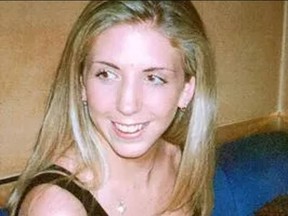
Article content
On May 3, 2000, former British Airways flight attendant Lucie Blackman was bristling with excitement for her next adventure.
Advertisement 2
Article content
Three months in Tokyo working as a hostess. This would clear up her credit cards and other bills.
Article content
She had put away the accoutrements of her childhood, books, toys and stuffed animals at her comfy Kent, England childhood home. But already her mother Jane was fretting.
“Are you sure you’re going to be all right? Are you sure it’s safe?”
Lucie Blackman blew off her mother’s well-founded worries.

Lucie Blackman would never return alive.
Tall, pretty and blond, the 21-year-old would soon fall on the fringes of the sordid Tokyo sex trade. She was gaijin: White, and highly-prized among the middle-aged Japanese businessmen who frequented the city’s clubs.
Some of the women were looking for cash, others for fun and some of them were looking for a bit of both.
Article content
Advertisement 3
Article content

Now, a new documentary debuting July 26 on Netflix, Missing: The Lucie Blackman Case, pulls back the curtain on her disappearance and Tokyo’s sordid underbelly.
“The case left an indelible mark in the hearts and minds of the detectives who were confronted by the shocking violence in modern Japan and forced to face dark secrets about their society,” the producers said in a press release.
And it would make headlines around the world with the clash of cultures as a backdrop.
Blackman and her friend Sophie had settled into Tokyo working as hostesses. They weren’t expected to have sex with their customers but to drink with them, laugh at their jokes and flirt. No more than that.
Advertisement 4
Article content
The leggy Brit was working at a joint called the Casablanca in the Roppongi district of Tokyo. On July 1, 2000, she went on a paid date with a customer. She made several calls during the date but after that … nothing.
Her worried family flew to Japan and began a media whirlwind to draw attention to the case with a reward offer of $160,000 for information leading to her whereabouts.
One effect the publicity had was that a number of foreign women came forward describing how they woke up sick and sore in the bed of Japanese-Korean millionaire Joji Obara who hung out at Casablanca.
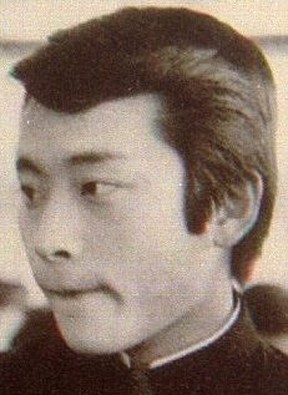
The women told British newspapers they went to cops at the time suspecting they had been drugged and raped but were blown off. Obara also went by the name Nishitca. Detectives clicked in there was a connection.
Advertisement 5
Article content
Sadly, it was too late for Lucie Blackman.
On Feb. 9, 2001, the former flight attendant’s body was discovered buried in a shallow grave in a seaside cave about 50 km south of Tokyo. It was also just a few hundred metres from Obara’s lair.
Lucie’s body had been dismembered into 10 pieces, each carefully placed in its own separate bag. Her head had been shaved and then encased in concrete.
However, because of the level of decomposition, cops could not determine how she died.
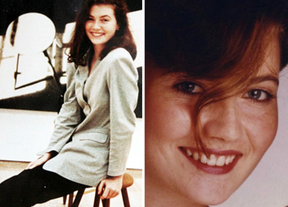
Detectives believed that Obara made the young Brit a drink laced with drugs, then raped and murdered her. He maintained his innocence.
But the son of a rich man, who had fallen on hard times due to real estate speculation, was a junkie with a fixation on white women. His M.O. was always the same: Give the women drugs, abduct and rape them.
Advertisement 6
Article content
Some of his twisted sex attacks were recorded on video and when cops executed a warrant at his condo, they discovered 400 such tapes. Investigators estimated he had raped between 150 to 400 women.
Detectives also found a library of journals detailing the rapist’s darkest desires, frequently referencing something called “conquest play” and scribbling his view that women were “only good for sex.”
RECOMMENDED VIDEO
As investigators combed through evidence, they came upon information regarding the death of 21-year-old Aussie hostess Carita Ridgeway. Like Blackman, she worked as a hostess and had dreams of attending acting school.
On Feb, 29, 1992, Obara offered her a lift and Ridgeway was drugged. She suffered chloroform-related liver failure and brain death. He had taken her to a local hospital claiming she was poisoned by bad shellfish.
Advertisement 7
Article content
Cause of death: Hepatitis E.
But in 2000, cops found Obara’s stomach-churning diaries that mentioned the Australian: “Carita Ridgway, too much chloroform.” In addition, there was the videotape of the monster raping Ridgeway.
On April 24, 2007, Obara was convicted of multiple rape charges and the manslaughter of Ridgeway. He was acquitted of Blackman’s sex slaying due to lack of evidence.
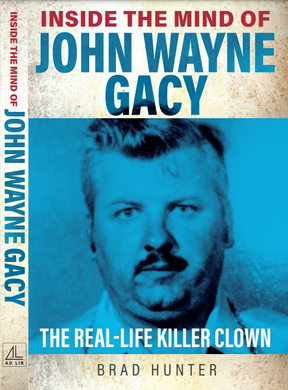
SUMMER BEACH READ?
If you’re looking for true crime extravaganzas this summer at the beach or cottage, why not delve into the sordid depths of murder with one or both of my books? So far, my book Inside the Mind of John Wayne Gacy (Ad Lib Publishers) is getting 4.5 stars out of 5 on Amazon. My first book Cold Blooded Murder, got great reviews too! You can get both on amazon.ca.
bhunter@postmedia.com

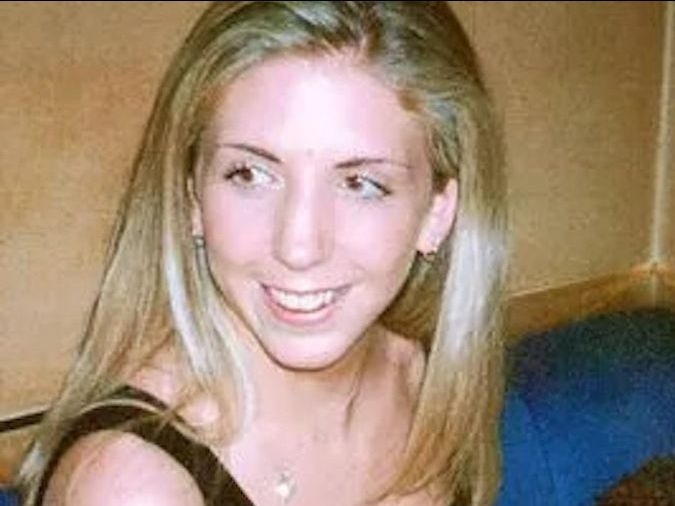

Comments
Postmedia is committed to maintaining a lively but civil forum for discussion and encourage all readers to share their views on our articles. Comments may take up to an hour for moderation before appearing on the site. We ask you to keep your comments relevant and respectful. We have enabled email notifications—you will now receive an email if you receive a reply to your comment, there is an update to a comment thread you follow or if a user you follow comments. Visit our Community Guidelines for more information and details on how to adjust your email settings.
Join the Conversation